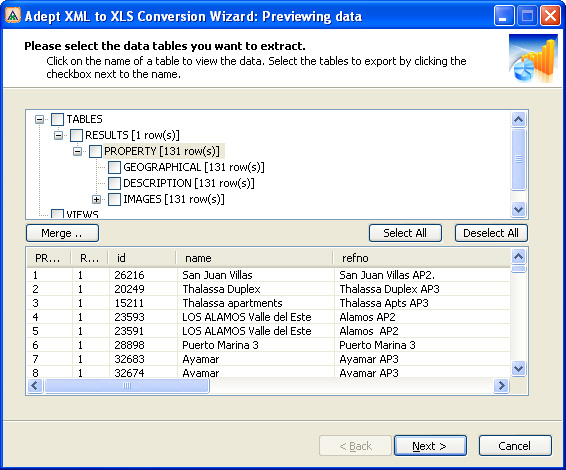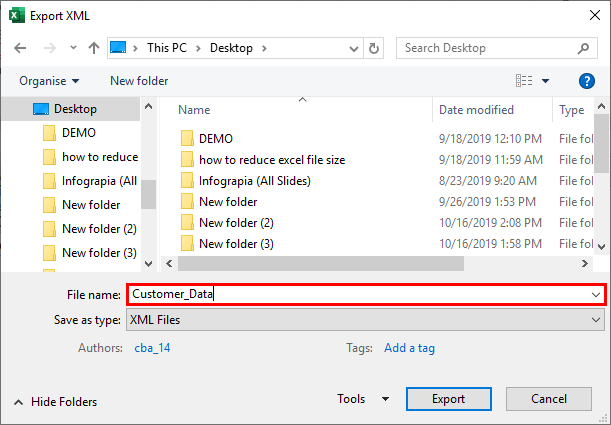
Figure 3-6 shows the available options displayed in the Object Browser window. The XmlImport function returns a value of type XIXmlImportResult, which is an enum showing the success or failure of the call. Specifies the top-left cell of the range that will display the data. Set to True to overwrite the data or False to append the new data to the existing data. Specifies whether or not to overwrite data that has been mapped to the schema map specified in the ImportMap parameter. The XML map to apply when importing the file. The XmlImport function takes four arguments, as shown in Table 3-1. XrrillrriportiLfr'Ms String, impoftMap A s Xrn IM a p ) As XIXmllmportResult | So if you find yourself examining an object in the Object Browser and you don't see any class members, check to see if it's a property of another object and look at that object's class members.īefore we run the code, let's take a look at the Xmllmport function and see what it does (see Figure 3-5). IntettiSense for Workbook object ectiveworktookįigure 3-4.

Figure 3-3 contains the Immediate window showing IntelliSense for the Workbook object, and Figure 3-4 shows IntelliSense for the ActiveWorkbook object.įigure 3-3. I'll present you with a quick example to show that the two objects contain the same class members. I Class Workbook] Member of Excel Figure 3-2.

Members ofWorkbook" AcceptAIIChanges Activate 9 Activate eI? Active Chart Active She et 9 Addinlnstall 9 AddinUninstall Ad dTo Favo rite s
#Excel import xml windows
WebPageFont © WebPageFonts © Window © Windows Since a reference to the ActiveWorkbook is actually returning a Workbook, you can access all of these properties and methods. Click the Workbook link in the description section of the Object Browser, however, and you will see the Workbook object's properties and methods listed, as shown in Figure 3-2. If you try double-clicking the ActiveWorkbook property, you will not find any properties or methods associated with it in the Object Browser. ActiveWorkbook property of Application object Property ActiveWorkbook As Workbook read-onlyįigure 3-1.

Members of'Application" Activate MicrosoftApp nf? Active Cell nf? Active Chart nf? ActiveEncryptionSessionĪctive Printer ^ Active She et ^ ActiveWindow l^iÄäiveWorkbook The ActiveWorkbook object has all the properties and methods of the Workbook object.Ĭlasses © Action © Actions S Addln S Addlns © Adjustments © AllowEdltRange © AllowEdltRanges EPSiAppNcatlon y Figure 3-2 shows the Workbook object and its properties and methods. The ActiveWorkbook object is actually a property of the Application object that returns a Workbook object type, and therefore contains all the properties and methods of the Workbook object.įigure 3-1 shows the ActiveWorkbook object as it appears in the Visual Basic Object Browser. "C:\projects\Excel\cds.xml", ImportMap:= Nothing, Overwrite:=True, Destination:=Range("$A$1") End SubĬaution Be sure to adjust the file path to reflect your location for the XML file. Open the VBE, add a standard module, and create a new function named GetXMLData(): The Workbook object has a method called XmlImport that does the work for us. Importing XML data into an Excel workbook is a fairly straightforward process.


 0 kommentar(er)
0 kommentar(er)
